If I were to write a snickerdoodle FAQ list, the top question would undoubtedly be "Do I really need to use cream of tartar in my snickerdoodle cookies?"
I dug deep into the baking science world to find out why so many snickerdoodle recipes have cream of tartar as an ingredient. Then, I took the liberty of making the iconic sugar cookie twice, once with cream of tartar and once without... and I got a definitive answer.
Read on to learn all about my results and why my experiment turned out the way it did.
How Cream of Tartar Reacts with Baking Soda
J. H. Czernohorsky and R. Hooker of the New Zealand Institute of Chemistry wrote a publication entitled The Chemistry of Baking. Their text explains why sodium hydrogen carbonate (aka baking soda) should be neutralized with an acid in order to make the perfect cookie.
According to Czernohorsky and Hooker, a cookie that uses only baking soda will only release half of the carbon dioxide (CO2) produced during baking. The other half of CO2 stays in the cookie. As a result, the cookies will taste salty (or alkaline), can cause stomach aches, and may even be tinted slightly yellow.
Acids, such as cream of tartar (potassium hydrogen tartrate), are used to "neutralize" the baking soda in a recipe. When cream of tartar is combined with baking soda, it produces an initial chemical reaction that forms a lot of CO2. The CO2 is released early on in baking. Later, the lack of CO2 in the cookies will cause the structure to fall in the oven, thus creating a denser, chewier cookie.
The Experiment
To find out what cream of tartar really does to cookies, I made two test batches of Cookies and Cups' perfect snickerdoodles. The first batch (Group A) matched the recipe to a T and contained cream of tartar. Meanwhile, the second batch (Group B) was made without the cream of tartar but was otherwise identical.
To make sure my experiment was a valid test, I was careful to use equal, precise measurements and mixing times. I also cleaned my spoons and mixer to prevent cross-contamination of the cream of tartar.
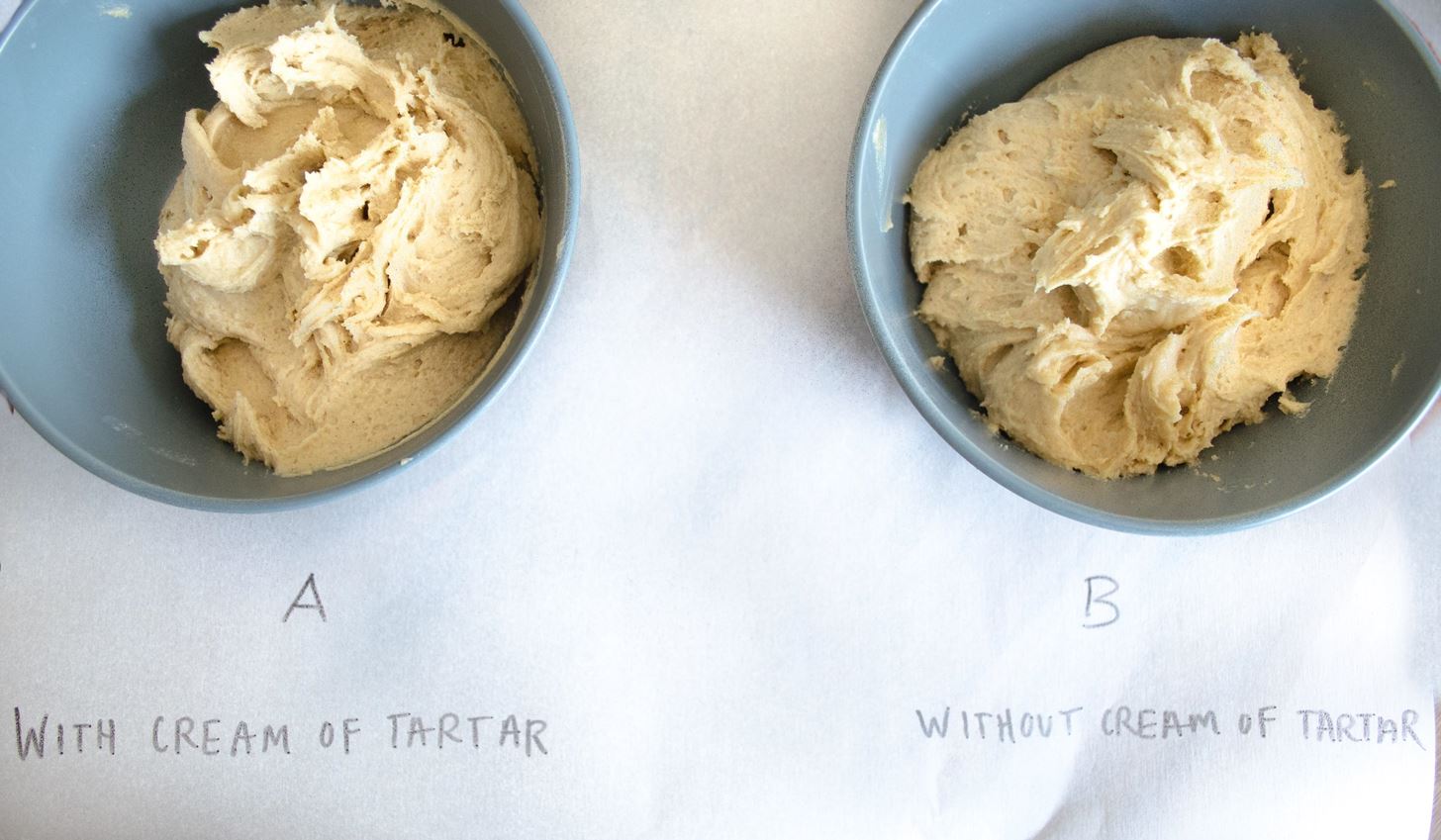
The Dough
After mixing the dough, I immediately scooped the balls onto the same sheet of parchment. As I was scooping, I noticed that my Group A cookies were already starting to inflate with air. This means that they were already starting to produce CO2! Meanwhile, the Group B cookie dough without cream of tartar remained dense and did not inflate at all.

Rise & Spread
The cookies baked for exactly 10 minutes in the oven. Once I took them out, I checked for spread and rise. The cookies appeared to have spread equally. However, the rise was another story.

When the cookies were viewed side by side, it was obvious that Group A (with the cream of tartar) did not rise as much as Group B (without the cream of tartar).

Exterior: The Cookie with Cream of Tartar
The Group A cookies were crisp and firm on the outside. The texture was even across the exterior and around the entire cookie.

Exterior: The Cookie Without Cream of Tartar
The Group B cookies were more pillow-like. They had a softer exterior that squished down a little when I touched the top. However, the sides were crisp and firm like Group A's cookies. Group B's cookies had also started to crack a little more; it looked like the CO2 was trying to escape from the top!

Interior: The Cookie with Cream of Tartar
The cookie with cream of tartar was nice and chewy on the inside. This cookie did not turn out fluffy at all because the CO2 was able to completely release itself from the cookie during baking. The Group A cookies maintained a traditional snickerdoodle mouth-feel.

Interior: The Cookie Without Cream of Tartar
The cookie without cream of tartar was cakey on the inside. It had a fluffier and slightly dry texture. Plus, it was more crumbly than the cookie made with cream of tartar. If there were any yellow tint in this cookie, it was most likely disguised by the cinnamon. As expected, more CO2 production yielded an airier cookie.

Flavor
The cookies were tasted by 15 taste testers in a blind taste test. The taste testers wrote down their flavor description of the cookies for me to analyze. After conducting the taste test, here are my findings:
- Multiple taste testers could not find a distinct difference between the flavors of the cookies.
- Some testers found that the Group A cookies (with cream of tartar) were sweeter and did not leave a bitter or salty aftertaste.
- Some testers found that the Group B cookies (without cream of tartar) left a very slight salty/soapy aftertaste.
The Verdict
Snickerdoodles should be pleasantly crisp on the outside and soft, yet chewy on the inside: that's what they're famous for. So if you want a snickerdoodle that is true to tradition, you're going to need cream of tartar.

That said, the cookies made without cream of tartar were hardly drastically unpleasant. If, for some reason, you don't have time to go to the store to buy cream of tartar and don't mind a cakey cookie, you can omit it... but just this once. It turns out that snickerdoodles just aren't snickerdoodles without cream of tartar.
More Kooky Cookie Hacks:
Just updated your iPhone? You'll find new emoji, enhanced security, podcast transcripts, Apple Cash virtual numbers, and other useful features. There are even new additions hidden within Safari. Find out what's new and changed on your iPhone with the iOS 17.4 update.
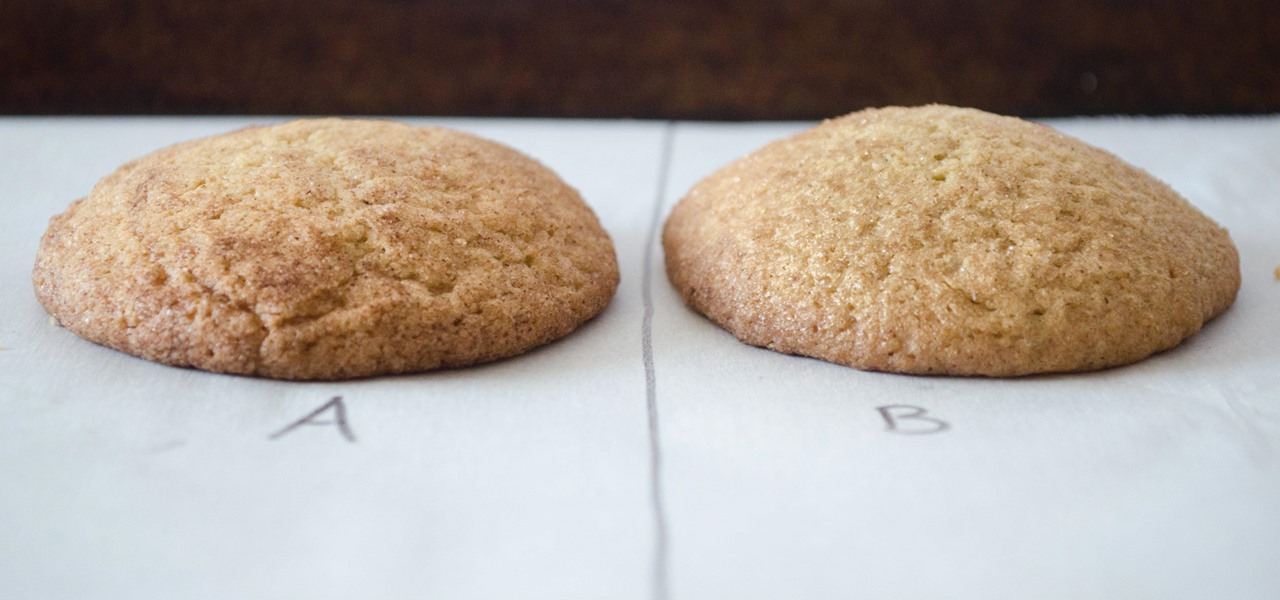



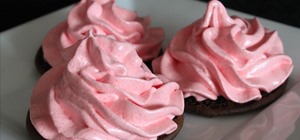






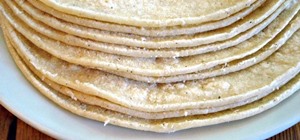

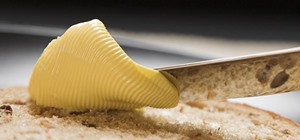

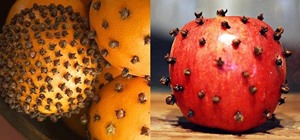
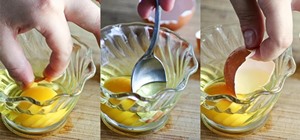
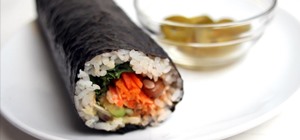
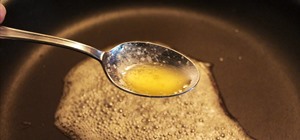



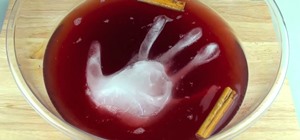
Be the First to Comment
Share Your Thoughts